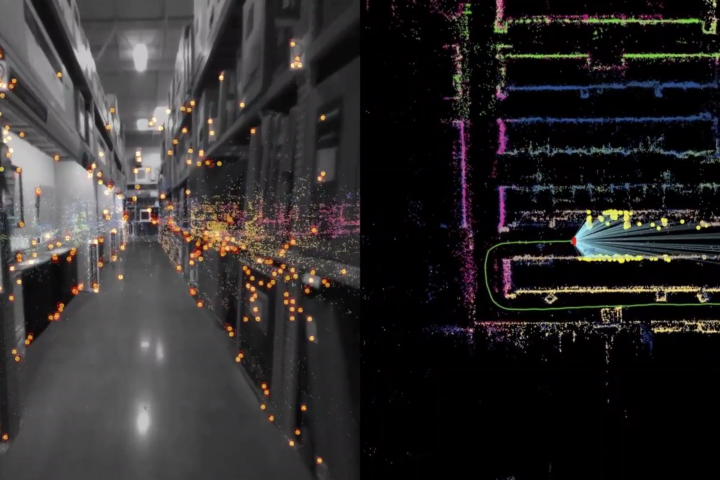
The practical use is simple, even if the underlying technology isn’t. Users can walk into a store and point their phone’s camera in front of them. After identifying what it is you’re looking for, VPS will kick in, using visual data and previous sessions to point you in the right direction. Google showed it off in a hardware store, but it’s not hard to imagine how the technology could be extended to malls, large stadiums, theme parks, or museums.

As it turns out, learning is one of the main goals for the VPS, as well as Google’s augmented reality plans at large. Through what Google is calling Expeditions, kids, and really any curious minds, can explore intangible or difficult to visualize scientific concepts as if they were right in front of them.
While Expeditions has been around for two years, it was previously based on virtual reality utilizing Google Cardboard. Now, using compatible phones, students were shown wandering about a classroom examining lungs, volcanoes, and strands of DNA. Google says the tech works as described now, and the Asus Zenphone coming later this year will be the first to implement the new and improved Project Tango.
While it may not seem like the most exciting tech, Google’s VPS takes the troubled Project Tango and cements it into a real, usable feature with a huge amount of potential. Beyond just preventing everyday users from awkward conversation about where to find “that one thing with the handles” at Costco, it could help users with limited sight or mobility navigate complex areas, or bring artwork and learning experiences into classrooms where they might not fit through the door.



